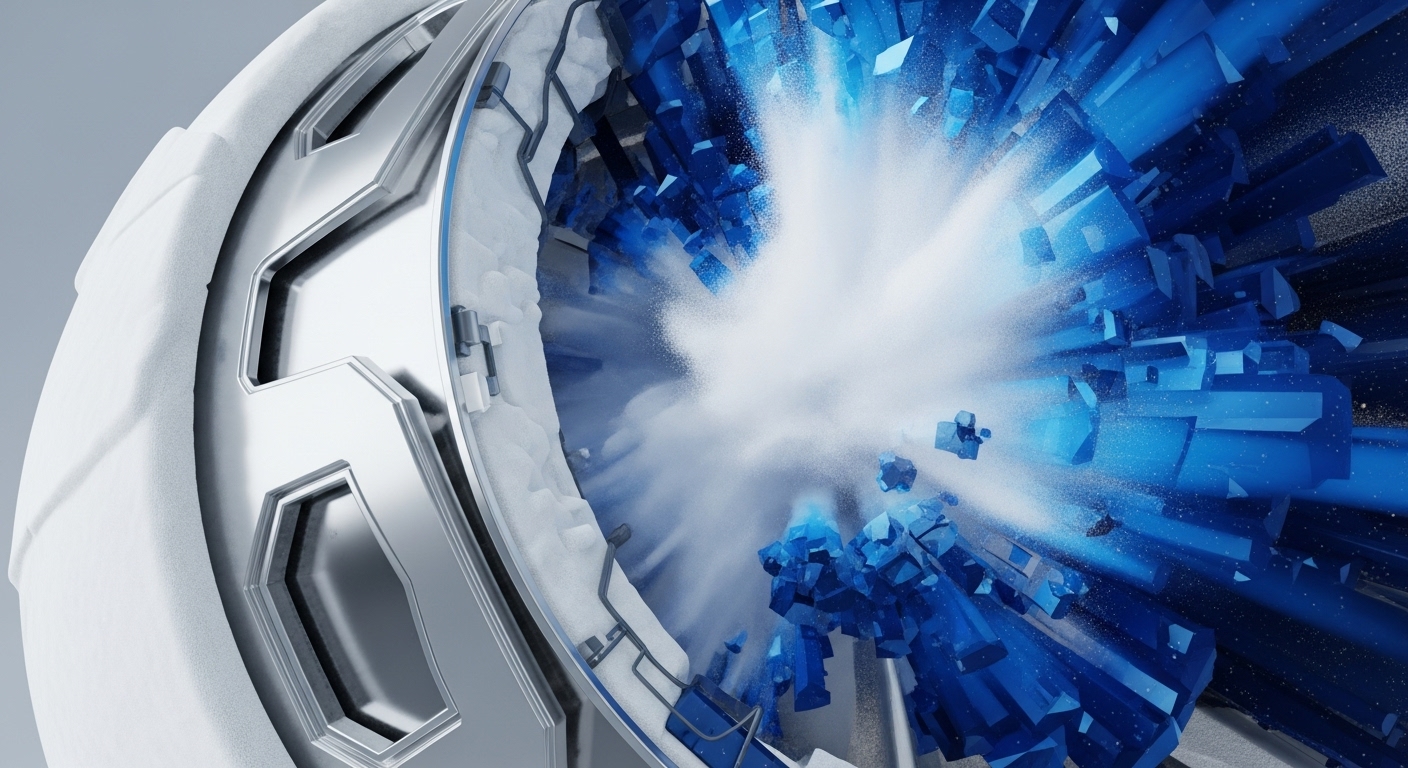
Briefing
daGama, a Real World Locations (RWL) discovery application, significantly advances its platform by integrating with Monad, an EVM-compatible blockchain, achieving a throughput of 10,000 transactions per second and sub-second finality. This strategic move addresses critical scalability challenges inherent in decentralized social applications, enabling seamless, low-cost user experiences for recommending real-world venues and minting content as NFTs. The project simultaneously leads Galxe’s Starboard leaderboard with over 2,000 active contributors, underscoring robust community engagement and a substantial $115,000 DGMA token reward pool.

Context
The dApp landscape for real-world utility has historically contended with significant user friction, primarily stemming from the high gas fees and slow transaction finality characteristic of many foundational blockchain networks. This environment created a prevailing product gap, limiting the viability of decentralized applications requiring frequent, low-value interactions, such as user-generated content platforms or location-based services. Existing solutions struggled to offer the responsiveness and cost-efficiency users expect from Web2 platforms, thereby hindering mainstream adoption and the seamless integration of on-chain incentives for everyday activities.

Analysis
daGama’s integration with Monad fundamentally alters the application layer’s operational dynamics for real-world discovery and social interaction. This shift directly impacts user incentive structures by drastically reducing the cost and time associated with on-chain actions, such as posting recommendations or minting community content as NFTs. The underlying system now processes transactions with 800ms instant finality and gas fees under one cent, enabling a fluid Post-and-Earn model that was previously constrained by network limitations.
Competing protocols, particularly those in the Web3 social or GameFi verticals, face increased pressure to match Monad’s performance metrics to sustain user engagement and prevent liquidity migration. This move positions daGama to capture a larger market share by offering a superior, frictionless user experience, fostering a more vibrant and economically viable decentralized community.

Parameters
- Protocol Name → daGama
- Core Blockchain Integration → Monad
- Monad Throughput → 10,000 transactions per second
- Monad Finality → 800 milliseconds
- Monad Block Time → 0.4 seconds
- Monad Gas Fees → Under one cent
- Community Engagement Metric → Over 2,000 Galxe Starboard contributors
- Community Incentive Pool → $115,000 in DGMA tokens
- Core Feature → Post-and-Earn model for Real World Locations (RWL)

Outlook
The Monad integration establishes daGama as a high-performance primitive for real-world asset (RWA) and social dApps, setting a new benchmark for user experience in decentralized discovery. The next phase of daGama’s roadmap likely involves leveraging Monad’s EVM compatibility to foster deeper integrations with existing DeFi and NFT ecosystems, attracting further developer activity and composability. Competitors in the RWL and Web3 social space will inevitably consider forking this architectural approach, necessitating similar high-throughput, low-cost Layer 1 or Layer 2 solutions to remain competitive. This innovation could become a foundational building block for a new generation of dApps that seamlessly blend on-chain incentives with real-world interactions, driving a flywheel effect of user adoption and ecosystem expansion.

Verdict
daGama’s strategic pivot to Monad’s high-performance infrastructure decisively positions it to scale its real-world discovery and Post-and-Earn model, establishing a critical precedent for frictionless, mass-market decentralized applications.
